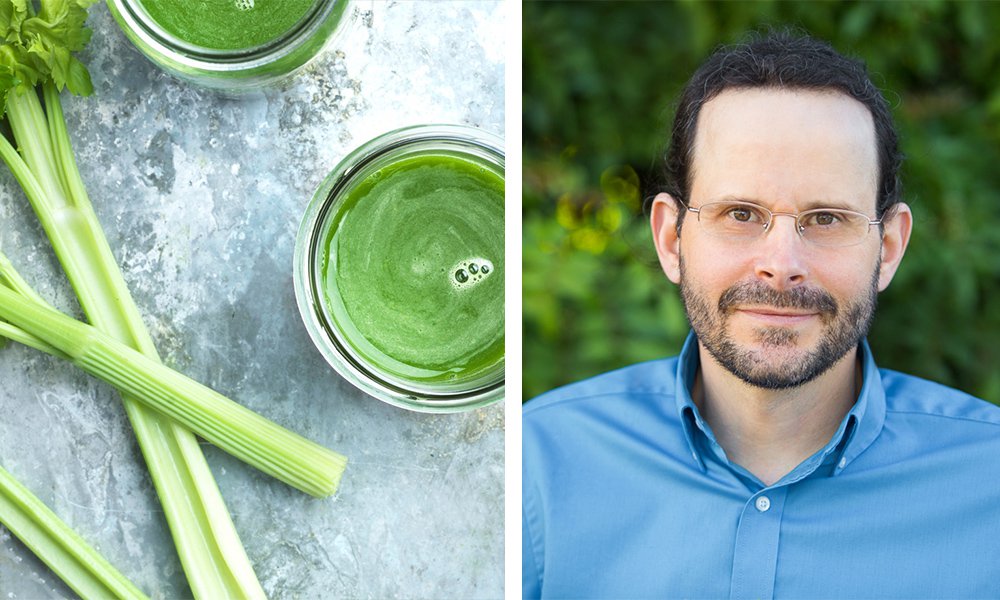Organic Certification: What the USDA Organic Label Means
IN BRIEF
The Facts:
Organic and natural labels mean different things, and various types of labels tells you what percentage of ingredients are actually organic. We'll explore what to look for.
Reflect On:
Do you sometimes buy products thinking they are organic or fully natural based on their wording? Have you later found out that those products aren't natural or organic at all? Read labels more closely at grocery stores to be aware.
Don’t get conned by fraudulent claims of “natural” or “organic.” Learn what to look for, and why it’s important, to ensure you’re getting the quality you are paying for.
The industrial age of the 20th century brought about changing agricultural practices that have generated increasing alarm about the effects of these practices on the environment and health. The use of chemical fertilizers and pesticides, antibiotics, hormones, irradiated and genetically altered food and fiber products has created a groundswell of rightful concern. It has led to the growing demand for non-toxic, organic products that many are willing to pay a higher price for to ensure the healthful purity of food and clothing provided for their families.
With such profit opportunities, it’s little wonder that the lucrative organic product market has suffered abuse with so-called “organic” labels being fraudulently placed on products that have not earned the right. As a result of pressure from farming and consumer groups, legislation for the standardization of organic certification was introduced in the 1980s. It has been updated to include more vigorous enforcement and control methods since, with the current standards established in 2002 by the USDA.
The Standards of USDA Organic Certification
Specific standards must be met in order to legally claim a product as USDA certified organic. Organic producers must utilize methods that conserve water, maximize soil health, and reduce air pollution. The specific standards to earn USDA organic certification include:
• Free of synthetic chemicals such as insecticides, herbicides, fertilizers, hormones, antibiotics, and additives
• Free from irradiation and genetically modified organisms
IN BRIEF
The Facts:
Organic and natural labels mean different things, and various types of labels tells you what percentage of ingredients are actually organic. We'll explore what to look for.
Reflect On:
Do you sometimes buy products thinking they are organic or fully natural based on their wording? Have you later found out that those products aren't natural or organic at all? Read labels more closely at grocery stores to be aware.
Don’t get conned by fraudulent claims of “natural” or “organic.” Learn what to look for, and why it’s important, to ensure you’re getting the quality you are paying for.
advertisement - learn more
The industrial age of the 20th century brought about changing agricultural practices that have generated increasing alarm about the effects of these practices on the environment and health. The use of chemical fertilizers and pesticides, antibiotics, hormones, irradiated and genetically altered food and fiber products has created a groundswell of rightful concern. It has led to the growing demand for non-toxic, organic products that many are willing to pay a higher price for to ensure the healthful purity of food and clothing provided for their families.
With such profit opportunities, it’s little wonder that the lucrative organic product market has suffered abuse with so-called “organic” labels being fraudulently placed on products that have not earned the right. As a result of pressure from farming and consumer groups, legislation for the standardization of organic certification was introduced in the 1980s. It has been updated to include more vigorous enforcement and control methods since, with the current standards established in 2002 by the USDA.
The Standards of USDA Organic Certification
Specific standards must be met in order to legally claim a product as USDA certified organic. Organic producers must utilize methods that conserve water, maximize soil health, and reduce air pollution. The specific standards to earn USDA organic certification include:
• Free of synthetic chemicals such as insecticides, herbicides, fertilizers, hormones, antibiotics, and additives
• Free from irradiation and genetically modified organisms
advertisement - learn more
• Agricultural products grown on land that has been free of prohibited substances for a period of three years
• Animals used for meat, eggs, milk or other animal products must be exclusively fed foods that are organically grown, may not be given antibiotics or hormones, and must have access to outdoors.
• Clean and sanitized harvesting and processing equipment throughout the process from harvest to finished, packaged product
• Detailed chain-of-handling records from the field through final sales
• Physical separation of certified organic products from non-organic products throughout the process of production
• Regular on-site inspections from USDA-approved inspectors to ensure compliance
Understanding the Certified Organic Label
Once the rigorous process of certification has been completed, organic producers may place the USDA certified organic seal on their products. Currently, there are four levels of certified organic products, with a specific definition of the percentage of organic ingredients the final products contains. They are as follows:
• 100% organic: all production methods and ingredients are USDA certified organic.
• Organic: at least 95% of the production methods and ingredients are USDA certified organic with remaining ingredients included on the National List of allowed ingredients.
• Made With Organic Ingredients: at least 70% of the ingredients are USDA certified organic with remaining ingredients included on the National List of allowed ingredients.
• No organic wording or seal: less than 70% of the ingredients are USDA certified organic and no claims may be made on the front or back of the product.
Manufacturers or producers who knowingly label a product “organic” when it does not meet the USDA standards are subject to fines up to $11,000 per violation.
Why Organic Certification is Important
When you see the official USDA organic certification seal on food, clothing, and bedding products, you can be assured that these products have met the meticulous standards required and are free of chemicals, toxins, antibiotics, and hormones. When you see the USDA certified organic label, you will understand the value of the higher priced organic products as compared to non-organically produced products.
With the current stringent organic certification requirements enforced by regular inspections from USDA accredited agents, the USDA certified organic label has great meaning and importance to the consumer. Look for the label to know that you are getting the quality you are paying for.































